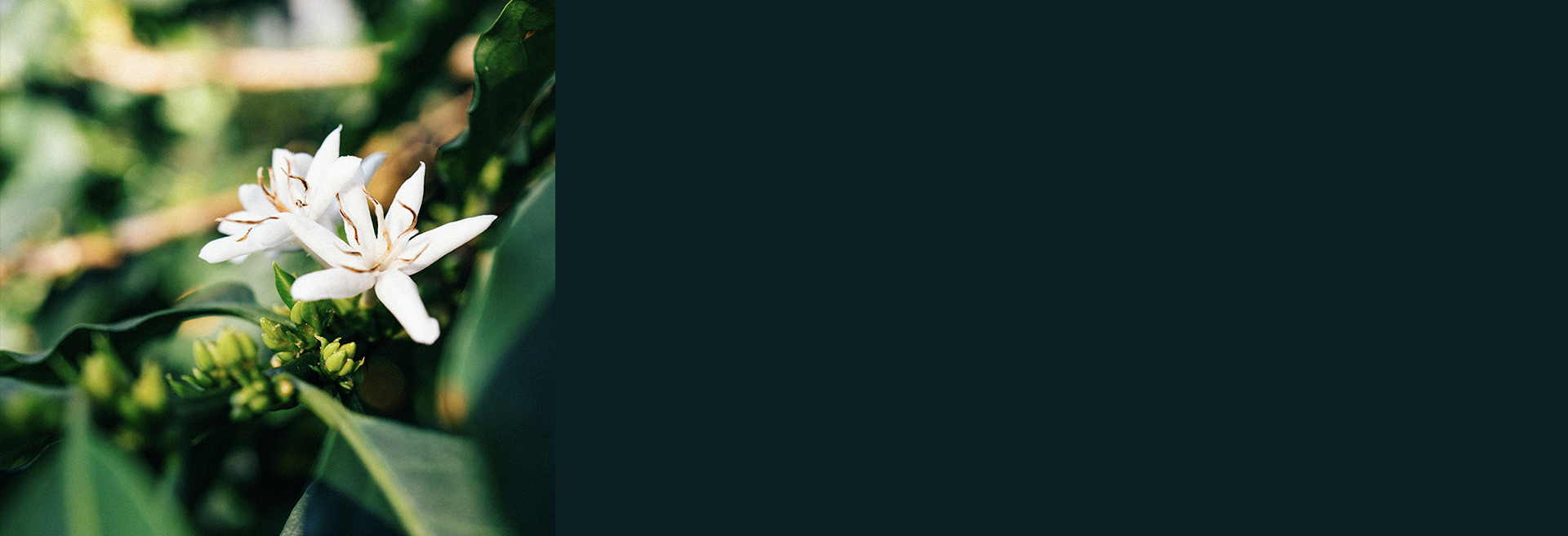Winter break · Next roast Jan. 7
D.R. Congo
Kahondo - D.R. Congo
250g
*Terroir Best Lot*
Cup Notes
Strawberry / Rosehip / Kiwi / Lime / Tamarind / Cedar
Suggested for espresso and filter
QUALITY SCORE: 89.50
when we roast
We freshly roast to order all coffees on Monday, Wednesday and Friday (excluding national holidays), and ship the same day! Cut-off time is 11:59pm (UTC+1) of the day before the roast day. *We only ship whole beans*
Details
- Producer
- Several small farmers
- Country
- D.R. Congo
- Terroir
- Kivu
- Altitude
- 1550-1900 mt
- Arabica cultivar
- Bourbon
- Picked in
- July 2017
- Arrived in
- February 2018
- Shipped in
- Jute + GrainPro
- Roast profile by
- Rubens Gardelli
- Roasted on
- Customised solid-drum roaster
THE STORY BEHIND
This is a amazing Organic certified coffee from the Kahondo station in the Isale region of North Kivu in DR Congo.
This coffee is entirely of the Bourbon variety and is shade dried over raised bed with a traditional natural process.
This process provides the complexity and wonderful depth that makes this a real find among Congo lots.
The region has excellent conditions for speciality arabica production with plentiful rainfall, high altitude and highly fertile volcanic soils. The region is also very pov- erty-stricken and has had a severe lack of infrastructure which has made high quality arabica both diffi- cult to produce and very challenging to export. Kahondo has sought to overcome many of these problems through hands-on farmer education and investment in local infrastructure such as roads & bridges. This has allowed quality improvements every season and, in turn, higher premiums for farmers.
Kahondo processing is quality driven: ripe cherries are delivered to the wetmill for careful sorting and floatation in clean water tanks. The ripe cherries sink due to their high density and the floaters are removed and used for lower grade production. The ripe cherries are then dried in the sun on raised African beds for 12 - 15 days until the optimum moisture content has been reached. They must be turned consistently to ensure even drying and prevent mold or overfermentation. Once the coffee has dried it is transported to Butembo for dry-milling, grading, sort- ing and handpicking (triage), before being bagged in GrainPro for export.
THE VARIETY
Bourbon is one of the most culturally and genetically important C. arabica varieties in the world, known for excellent quality in the cup at the highest altitudes.
It is one of the two main cultivars from which new cultivars are bred, the other being typical. Historical records indicate that Bourbon was taken from the coffee forests of Southwestern Ethiopia to Yemen, where it were cultivated as a crop; recent genetic studies have confirmed this.
Bourbon coffee was first produced in Réunion, which was known as Bourbon island before 1789. It was later taken by the French to mainland Africa and to Latin America.
Bourbon grows best at heights between 1,100 and 2,000 meters and gives a 20-30% higher yield than Typica. It has a commercially viable level of yield potential and growth habit but is generally susceptible to disease and pests.
THE FERMENTATION PROCESS
Dry process seems simple: pick the fruit, lay it out in the sun until it turns from red to brown to near-back, and then hull off off the thick, dried outer layer in one step to reveal the green bean. It is a method suited to arid regions, where the sun and heat can dry the seed inside the intact fruit skin.
It's often referred to as "natural coffee" because of its simplicity, and because the fruit remains intact and undisturbed, a bit like drying grapes into raisins. Since it requires minimal investment, the dry process method is a default to create cheap commodity-grade coffee in areas that have the right climate capable of drying the fruit and seed.
But it’s a fail in humid or wet regions. If the drying isn't progressing fast enough, the fruit degrades, rots or molds.
Dry-processed coffees can also be wildly inconsistent. If you want a cleanly-fruited, sweet, intense cup, dry process (DP) takes more hand labor than the wet process. Even the most careful pickers will take green unripe or semi-ripe coffee off the branch as they pick red, ripe cherry. If these are not removed in the first days of drying, the green turns to brown that is hard to distinguish from the ripe fruit.



